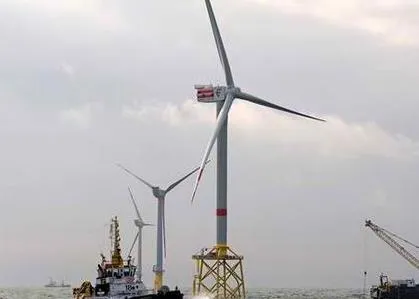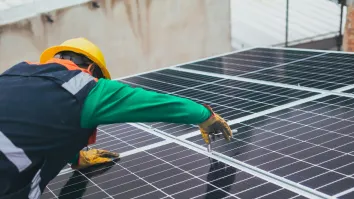
Japanese renewable energy subsidies spark investment boom
Japan's subsidies for renewable power providers could lead to huge investments amounting to some US$640 billion by 2030.
The government has reported US$2 billion in RE investments since the subsidies were launched just two months ago. It said the surge was being driven by homeowners trying to profit from Japan's renunciation of nuclear power following the Fukushima nuclear disaster of 2011.
Nuclear energy's contribution to Japanese energy is almost nil since all but two of Japan's nuclear plants have remained shut down since last year. Japan used to derive 30% of its electricity from nuclear power and had plans to expand this total to 50% before Fukshima put a premature end to this plan.
Renewable energy sources, specifically solar, wind, geothermal, biomass and hydropower are expected to make up part of the shortfall resulting from the absence of electricity generated from nuclear power.
A renewable energy law that came into effect on July 1 requires utilities like Tokyo Electric Power Company to buy electricity from renewable sources at pre-set premiums for up to 20 years. Benefiting from those premiums are families installing solar panels on their homes and businesses that intend to sell power to utility grids.
In the first month of the Feed-in Tariff or FIT, 33,700 companies and individuals registered to sell renewable energy, said the Ministry of Economy, Trade and Industry. More than three-quarters of the registered capacity is solar.
Utilities that pay the extra money to suppliers then pass it on to consumers under a FIT system. When FIT began in July, consumers started paying an extra 0.22 yen per kWh to utilities to cover the subsidies for this business year.



















 Advertise
Advertise








